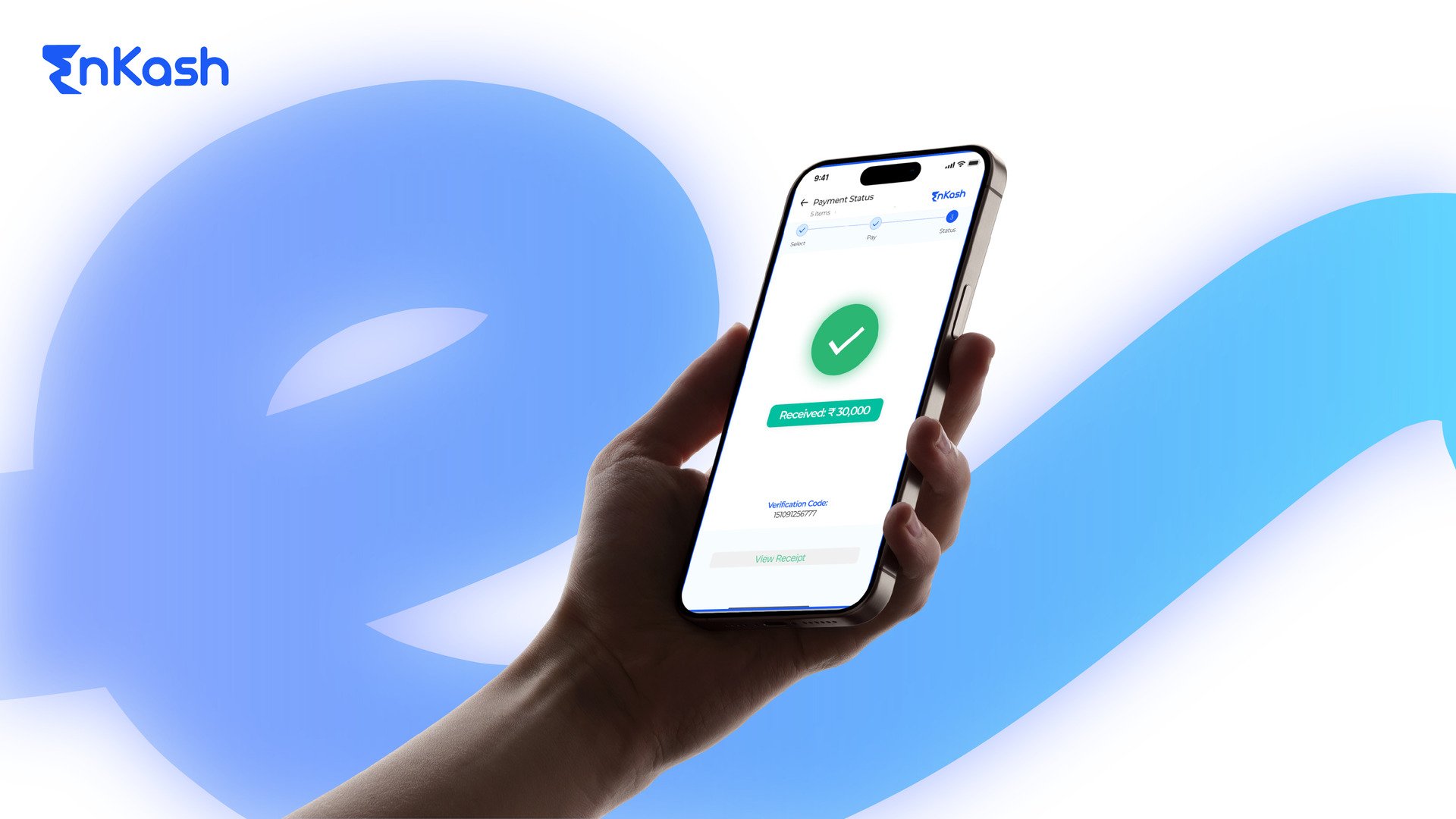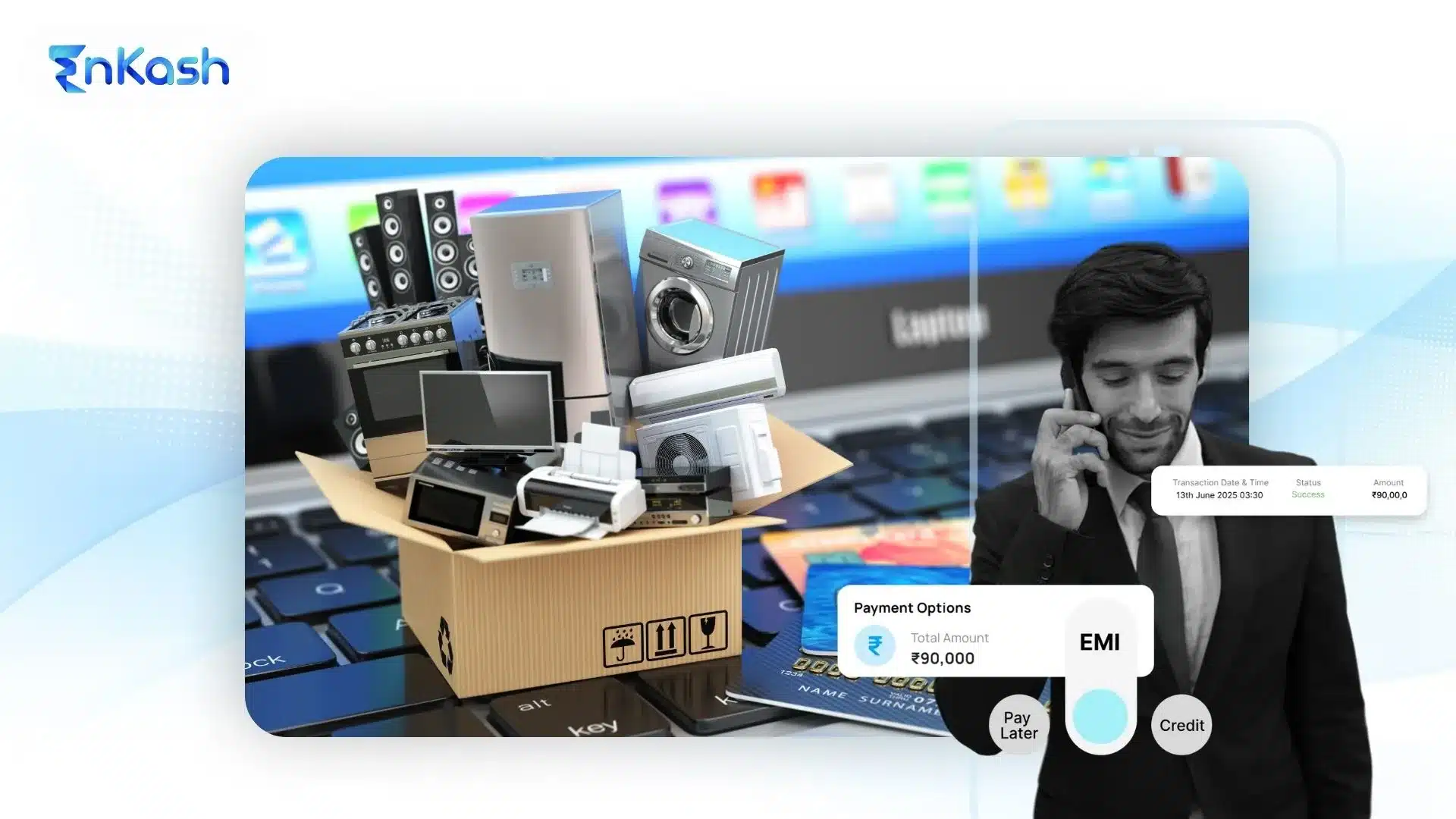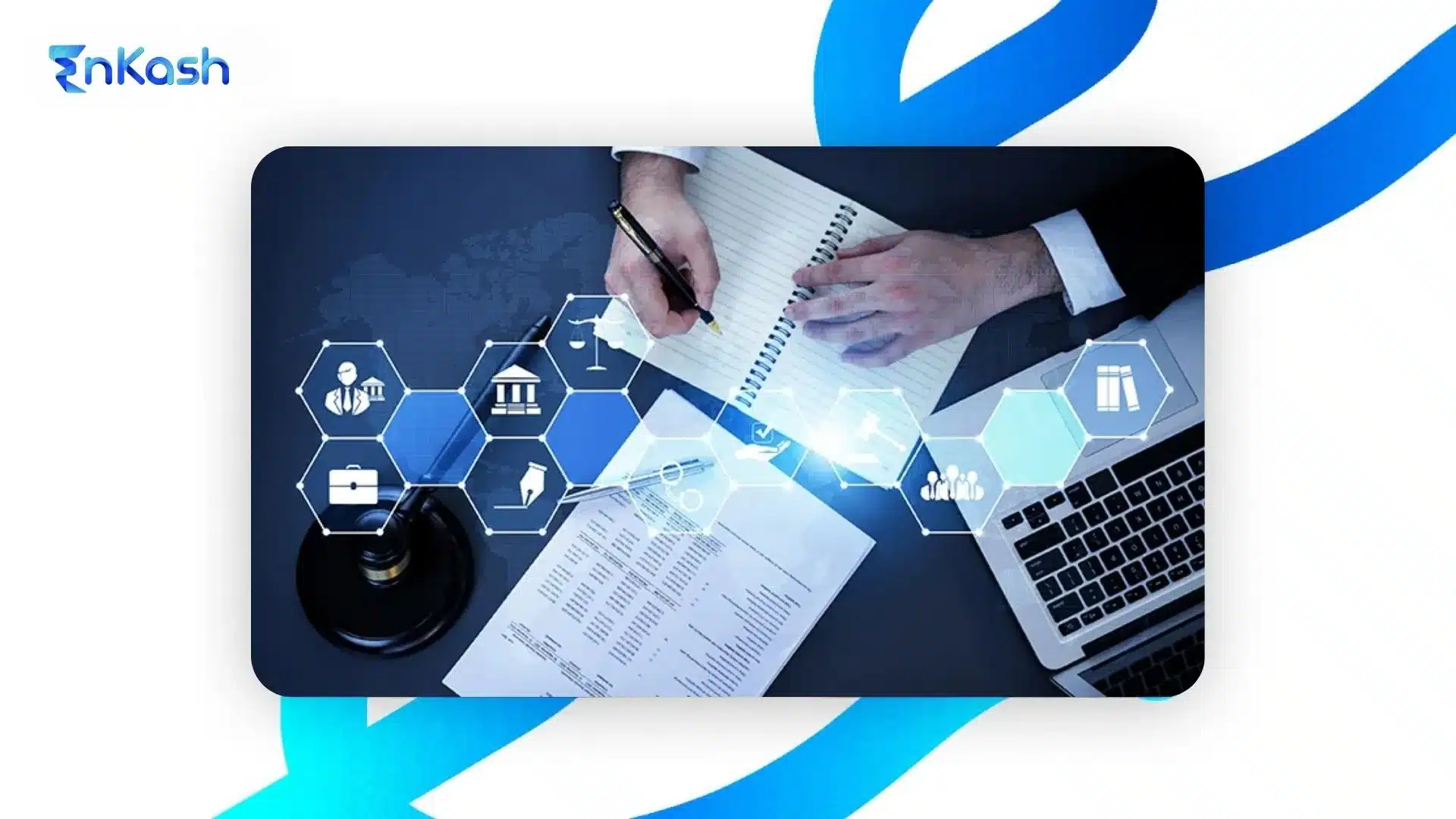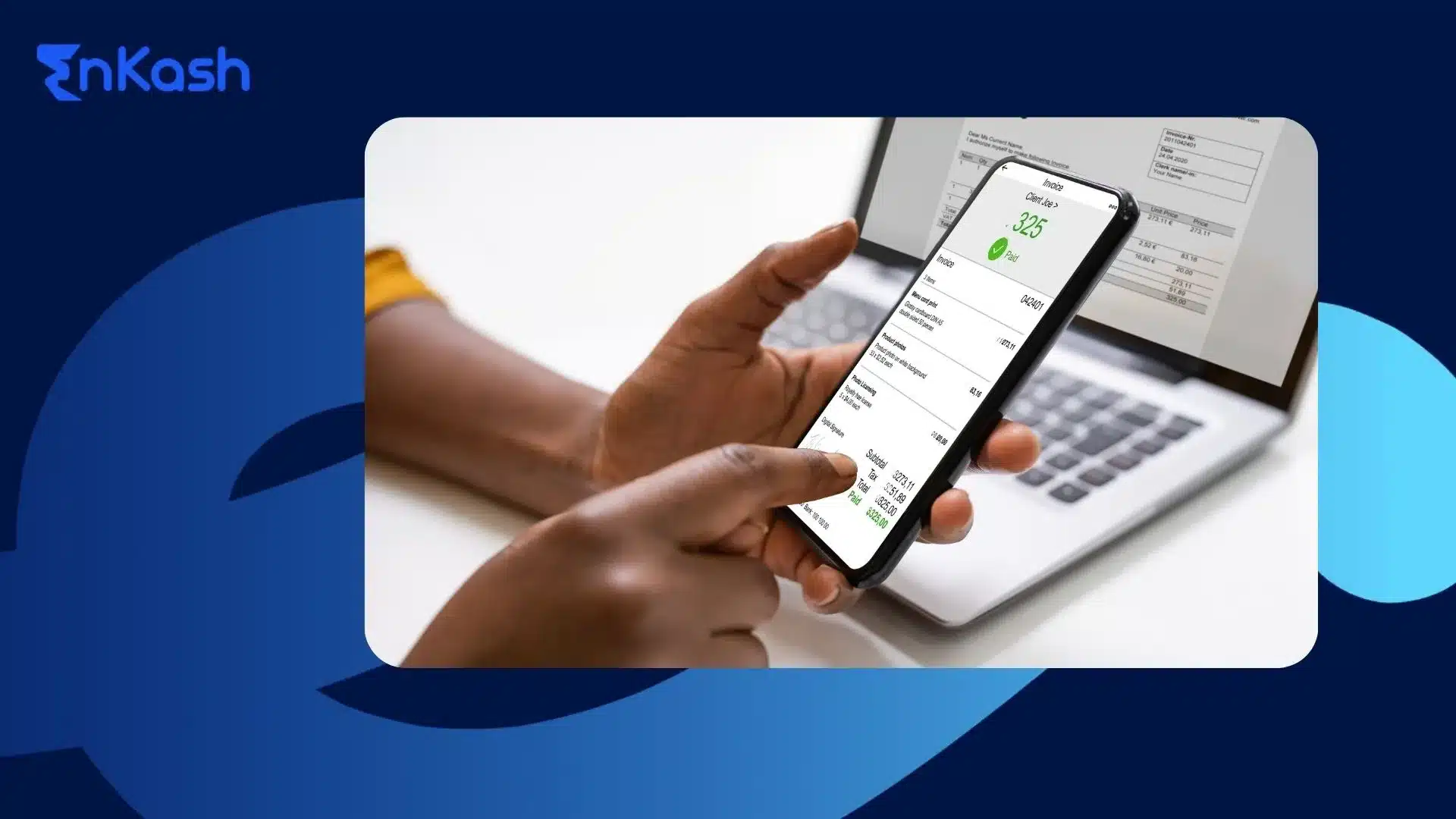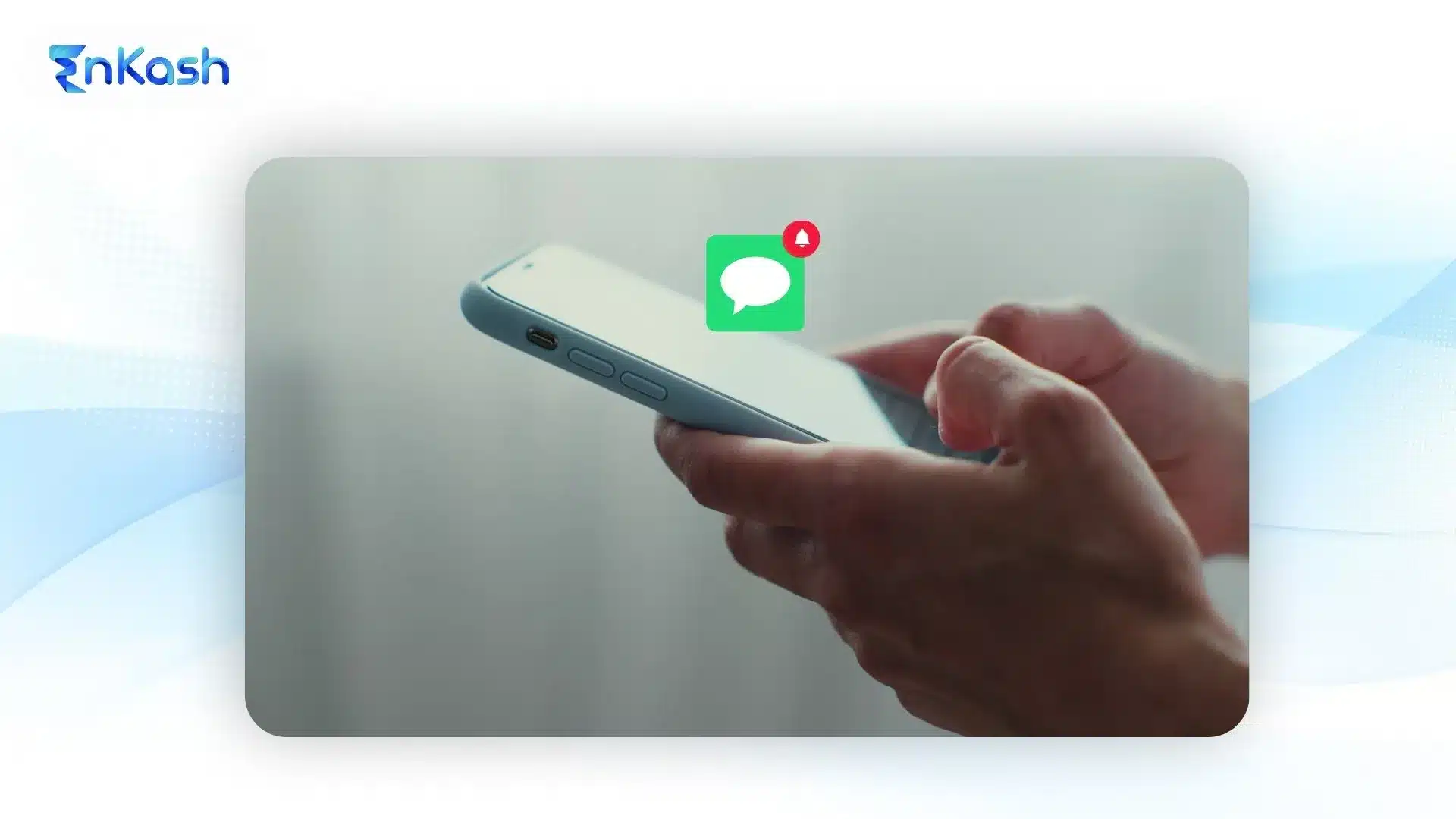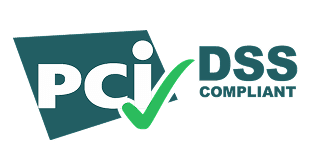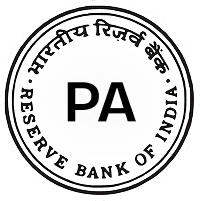Introduction
In the current digital economy, online payments have become ubiquitous, underpinning everyday tasks from retail purchases to utility bill payments and subscription enrollments. Central to these transactions is the payment gateway refund which securely mediates the transfer of money between consumers and merchants.
Despite the sophistication of this infrastructure, transactions can still encounter problems. Payment failures, inadvertent duplicate charges, and last-minute cancellations can all occur, making the availability of refunds essential. The mechanics of obtaining a refund through a payment gateway, therefore, merit careful examination.
Unfortunately, many consumers and businesses alike remain uncertain about the refund and workflow management. Questions about the appropriate contact point, the duration of the refund, and the criteria for approval often arise. Such ambiguity can generate frustration and prolong the resolution timeline.
This article aims to demystify the refund process for both customers awaiting reimbursement and businesses tasked with issuing refunds. We will outline eligibility criteria, expected timelines, and the procedural steps involved, while also offering troubleshooting recommendations to ensure a smooth experience.
What is a payment Gateway Refund?
A payment gateway refund is the process of returning funds to a customer when a transaction is cancelled, fails after debiting the amount, or when errors such as duplicate charges occur.. Such actions are prompted by scenarios including item return, order cancellation, or the rare occurrence where a presumed payment “successful” too quickly is followed by a failed, yet charged, result.
Upon the decision to refund, whether by the seller or by preset system rules, the gateway initiates a separate refund transaction, referencing the original one. This does not void the original payment, which remains recorded.
Refund VS Chargeback
Refund compared to chargeback merits a distinction. A refund is elective, conducted through the agreed-upon commercial channel, and occurs once a valid condition is verified, such as an undelivered order or duplicate payment. A chargeback, conversely, emerges from customer formal dissatisfaction conveyed to the issuer; it typically cites fraud, unrecognized charges, or contractual failure, triggers an investigation, and may burden the merchant with fees and reputational strain.
Types of Refunds
Full Refund
- The entire transaction amount is returned to the customer.
- Common in order cancellations or service non-fulfillment.
Partial Refund
A portion of the total transaction is reimbursed. Applicable in scenarios where clients return a subset of items or receive a price adjustment following a grievance.
Auto-Refund
Initiated automatically by the payment processor as a result of system errors or the absence of payment verification. Usual contexts include payment failures or transaction expirations.
When Should You Request a Refund?
The sooner you say something, the better! If you spot a bad charge, a double bill, or an order that didn’t show up, tell the seller right away. Refund request timelines vary by merchant and payment method. Most businesses allow refunds within 7–30 days, while chargebacks through banks can be initiated up to 120 days (as per card network/RBI guidelines).
If you speak up early, your refund will probably go through quickly. Hang on too long, and you risk getting a “no thanks” because banks and payment services have their clocks. Always read the store’s refund rules and save your receipts so you can sort things out faster.
How is Payment Collected via the Payment Gateway?
Here are the steps involved in payment collection via the payment gateway:
- The customer chooses a product or service on the merchant’s website and goes to a checkout Page.
- After the purchase is confirmed, the customer is redirected to the payment gateway’s secure server.
- The payment gateway encrypts the customer’s data using strong protocols like SSL/TLS. This data is securely transmitted to the acquiring bank for authorization.
- Further, an authorization request is sent from the acquiring bank to the issuing bank.
- Simultaneously, the payment gateway performs real-time fraud checks by analyzing purchase patterns, location verification, and flagging suspicious activity.
- The issuing bank reviews the request and performs its security checks. If everything looks favorable, an authorization code is sent to the acquiring bank.
- The acquiring bank relays the authorization code back to the payment gateway.
- The payment gateway receives the authorization code and confirms the transaction to the merchant and customer.
- After the payment is approved, the acquiring bank initiates the settlement process. The payment gateway receives the funds from the customer’s issuing bank and then settles the payment with the merchant, usually within a few business days.
Now, if the customer is willing to cancel the transaction, a refund will be given by the merchant via a payment gateway.
What Is The Payment Gateway Refund Process?
These are the steps involved in the refund process via a payment gateway:
- The refund is initiated by the merchant (based on the customer’s request)
- The details entered by the customer are sent by the gateway provider/app to the payment gateway.
- Further, the payment gateway sends the transaction details to the payment processor used by the merchant’s bank.
- The processor forwards the details to the customer’s bank.
- The customer’s bank receives the refund request from the processor and credits the amount to the customer’s account.
- The customer’s bank responds to the payment processor about the acceptance or decline of the payment request.
- The response is sent back by the processor to the payment gateway.
Who is Eligible for a Refund?
Refunds through a payment gateway are typically issued when a transaction doesn’t go as expected. Both customers and merchants can be eligible for refunds, but eligibility depends on specific conditions, transaction status, and the refund policies of the merchant and payment gateway.
1. Customers
Customers are the most common recipients of refunds. You may be eligible for a refund in the following situations:
- Failed Transactions: If the amount was deducted from your bank or card but the transaction failed or didn’t reflect on the merchant’s end.
- Order Cancellation: If you cancel your order within the allowed timeframe, especially for products or services with a flexible return/cancellation policy.
- Duplicate Payments: If you were charged more than once for the same order.
- Unauthorized Transactions: In case of fraud or if the payment was made without your consent.
In all cases, it’s important to act quickly and retain proof of the transaction, such as payment confirmation, reference numbers, and screenshots.
2. Merchants
Merchants can also process refunds if there’s a valid reason to return the customer’s money. Common reasons include:
- Order Fulfillment Issues: When the product or service cannot be delivered due to stock or operational issues.
- Customer Request: If the customer cancels before dispatch or within the return policy window.
- Billing Errors: If a customer was overcharged or billed incorrectly.
3. Terms & Conditions Matter
Refund eligibility also depends on the terms and policies of the specific payment gateway and the merchant’s return/refund policy. Some gateways have cut-off times, refund windows, or require specific documentation. Always review these to avoid delays.
Why is a Refund Important?
It is vital for businesses to offer systematic refunds to their customers for the following reasons:
- A refund will help establish a long-term customer relationship
- A refund will help boost customer confidence
- A refund will help merchants from getting into financial losses
- A refund helps reduce transaction costs
- A refund provides better operational efficiency
- A refund ensures transparency via real-time tracking status
Why Do Payment Gateway Refunds Take Time?
An online refund request can be raised immediately. However, its processing may take time sometimes, between 5-10 days, considering there are multiple parties involved in the transaction process. Each of them has its own mechanism to work around the refund process. The payment gateway refund has to be mapped to their respective payments that were made initially, and then the process is taken further.
These processes are not fully automated and require manual intervention. The parties involved and their different refund processes make it a time-consuming process. It takes a minimum of 5 days for the amount to be credited to the customer’s account.
What to Do If the Refund is Not Processed?
Occasionally, a refund you believe you’ve successfully initiated fails to appear in your account within the anticipated timeframe. When this occurs, consider the following structured approach to expedite the resolution.
1. Initiate Contact with the Merchant
Your first action should be to contact the merchant from whom the purchase was made. Present comprehensive documentation, including the transaction ID, payment confirmation, and the precise date and time of the original transaction. The merchant can typically access the payment gateway dashboard to verify the original transaction and, if necessary, initiate a second refund process.
2. Engage the Payment Gateway
If the merchant cannot identify or rectify the delay, contact the payment gateway that processed the original transaction, whether it be Razorpay, PayU, Cashfree, or an alternative provider. Supply the same transaction metrics and request a comprehensive update on the refund’s status. Most payment gateways offer specific customer support channels, including online portals and helplines.
3. Utilize Formal Grievance Structures
Should the payment gateway’s assistance prove insufficient, escalate the matter using the official grievance redressal channels detailed on the provider’s website. Payment gateways customarily employ a tiered complaint resolution framework; escalate through the supplied contact points to ensure that your case progresses through the appropriate administrative levels.
4. Initiate a Chargeback through Your Issuing Bank (Final Measure)
Should your refund remain unfulfilled and you are convinced that the charge was erroneous or not properly authorized, you may proceed to submit a chargeback petition to your financial institution or card provider. This act activates a structured dispute protocol in which the institution will examine the claim and may ultimately rescind the original transaction.
Conclusion
Getting a refund from a payment gateway may seem complicated, but understanding the process makes it much easier to navigate. Whether you’re a customer or a merchant, knowing when and how to initiate a refund, tracking its status, and taking the right follow-up steps can save time and frustration.
Always make sure to check the merchant’s refund policy and the payment gateway’s terms before completing a transaction. Keeping records like payment confirmations, transaction IDs, and support conversations is also key to resolving issues quickly.
In a growing digital economy, transparency and trust are crucial. That’s why it’s important to use reliable merchants and trusted payment gateways that offer clear support and efficient refund mechanisms.
FAQs
- How long does it take for refunds to reflect in my account?
The number of days for a refund varies depending on the payment mode used to make the payment. However, it usually takes 5-10 days to process a refund due to the exchange of information between multiple parties involved in the process. Different parties have different refund processes, making it a time-consuming process. - What causes refunds to take longer than 5-10 days?
Sometimes, refunds can extend beyond the usual timeframe due to network or system failures during the refund process. This results in refund delays until the refund request is initiated again. - What if a transaction fails, but money is debited from my account?
In case a transaction fails and money is deducted from your account, you can seek a refund. This happens when communication fails at any step of the payment process, which leads to payment failures, further leading to a request for a refund. - Is there any difference in the timeframe for different modes of payment to receive refunds?
Ideally, the refund takes 5-7 business days. However, the refund time may vary depending on the mode of payment used. Credit/debit card refunds usually take 3–7 business days (sometimes up to 10), net banking refunds 2–5 business days, wallets are often instant (or within 24 hours), and UPI refunds typically take 2–7 business days.

